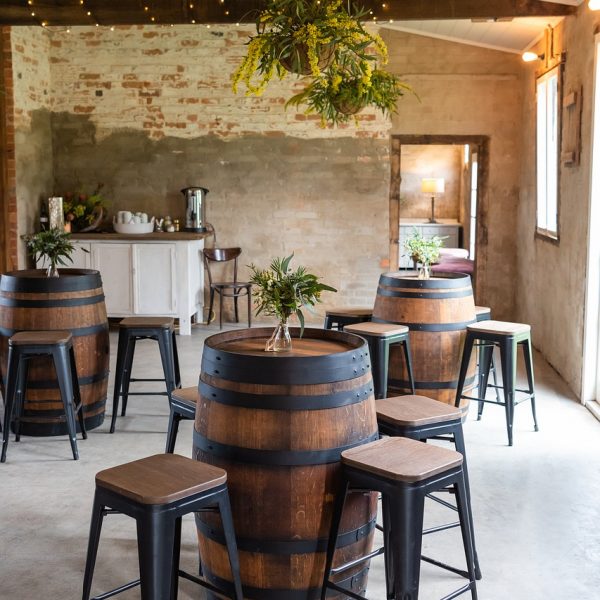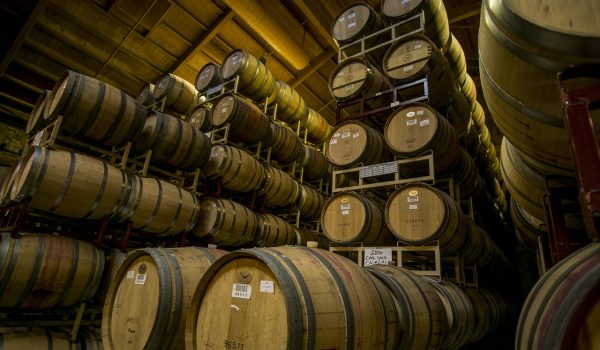Portugal;
A Wine Guide
Portugal and Portuguese wines has become synonymous with Port over the years. But Portugal offers so much more than the beloved fortified wine. With leading wines such as Bairrada, Duoro and Vinho Verde creating waves in the world of wine. Portugal’s rolling hills and stunning valleys offer so much both in wine and tourism. Today, Portuguese wines continue to astound drinkers from around the world.



So why is Portuguese wine so famous?
When people think of an after-dinner tipple, they think of Port. In fact, it was the British that put Port on the map – when they first discovered how delightful a glass of fortified wine would be in the evening. The perfect pairing for cigars, in fact.
Port is exported all over the world and today, most wine menus across the world will over it as an option under their ‘Dessert wine’ options. This is due to its sweet flavour and its ability to pair well with cheese and chocolate. Beyond this, other wines from Portugal offer incredible value for money. Portugal’s warm climate means that its reds are often bold and delicious, and its whites pair perfectly with fish. So keep an eye out for a Portuguese wine in your local supermarket or restaurant menu.
How is Port made?
Port is made by essentially blending grapes grown in the Upper Douro region of Portugal with grape spirit to fortify the wine. The process begins by quickly extracting tannin and colour by foot treading. This is the traditional way that it has been done, however, machines exist today to remove the manual labour involved in foot treading. As with all winemaking, yeast is then added to the wine. However, the process is interrupted by adding a grape spirit. This kills the yeast and stops the fermentation process. The result is a sweet wine we called Port.

The History of Portuguese wine
The history of Portuguese wine in many respects, is the history of Port. Moreover, the British obsession and cultivation of it. Portugal was making wine in part due to the Roman’s successful cultivation of vines. However, it didn’t develop its wine culture until the late 1670s, when two English wine merchants ventured into the heart of the land.
At the time, the souring relationships between England and France meant that the English, despite their huge appetite for wine, would be hesitant to drink French wines. This led the intrepid entrepreneurs to find alternatives to sell to English market further south. The pair eventually stumbled on a monastery just outside of Lamego (in Douro) where they were served an exquisite wine by the monks there. This wine had been fortified with brandy and was delicious, sweet and had the potential to travel well. Or at least… that’s how the legend goes…
Port became all the rage in London, and British investors from all over England began to develop their Port firms all over the Upper Douro. Many of which still pervade to this day; Cockburn, Croft and Graham – to name a few.
A particular spectacular vintage in 1820 produced very sweet and fine Port; prompting even more grape spirit to be added the following years to replicate the flavours of the fantastic vintage. This was up from approx. 3% fifty years previous. The percentage of grape spirit kept increasing well into the late 1800s.
Port became the drink of gentleman overnight, with men sipping on either Port or Brandy while ladies were excused in the evening. Best savoured with New World chocolate and cigars.
Today Port has a varying popularity and is far less of a sexist drink. Sought on dessert wine lists across the world, Port’s classic character will never be undermined.
The different styles of Port
Ruby-style Ports
Ruby Port, unsurprisingly, is named so as a result of its deep ruby colour. Ruby port spends time ageing in large old-oak casks before bottling. It usually tastes particularly fruity and sweet.
Ruby Port can actually be broken down into three main types:
Ruby Ports
These wines are generally very affordable and fruity. As they are slightly younger the tannins are more prominent.
Reserve Ruby Ports
Slightly more expensive than Ruby Ports, these wines have aged longer for a smoother drinking experience with more complex flavours.
Late Bottled Vintage (LBV) Port
Produced with wine from a single vintage; they must age from 4-6 years in barrel before bottling.


Vintage Port
Vintage Ports are the most revered types of Port – only making up three per cent of total Port production. Similar to Champagne, a vintage must be declared by producers during an exceptional year.
Both high in tannins and complexity – Vintage Ports represent the best port has to offer. It has complex tertiary aromas from maturing in-bottle for a minimum of 20 years. Drinkers can expect coffee, leather and dried fruits.
As it ages for so long, Vintage Ports will always need to be decanted to remove any excess sediment. It goes without saying, but they command seriously high prices.
Tawny-style Ports
Like Ruby Ports, Tawny Ports are named after their distinctive brownish colour; a result of oxidisation. These wines are aged in small barrels and exposed to oxygen over time. This deliberate oxidisation causes a complex array of tertiary flavours, such as brown sugar, toasted nuts, dried fruits, coffee and caramel.
They must be kept for a minimum of 10 years in barrel, and the labelling will indicate the general age of the tawny port. For example, they will either be labelled 10, 20, 30 or 40 years – indicating their age. They are made from several blends of different ports which are then kept aside to age.

